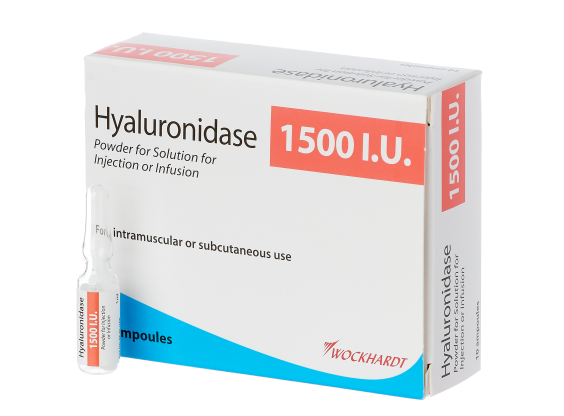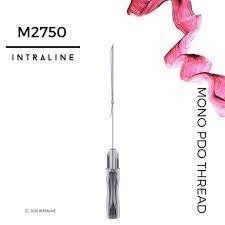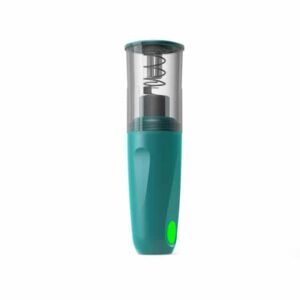Description
Hyalase 1500IU is a medication primarily used to enhance the permeation and absorption of other substances administered via subcutaneous or intramuscular routes. Here are the key details about its usage and precautions:
Uses:
- Enhancing Permeation: Hyalase 1500IU is used to improve the absorption and dispersion of medications such as subcutaneous or intramuscular injections, local anesthetics, and subcutaneous infusions. It achieves this by breaking down hyaluronic acid, a substance that can create barriers in tissues.
- Promoting Fluid Resorption: It helps in the resorption of excess fluids and blood in tissues, aiding in the reduction of swelling and promoting quicker recovery.
Precautions and Contraindications:
- Hypersensitivity: Individuals with known hypersensitivity to hyaluronidase, the active ingredient in Hyalase, should not use this medication due to the risk of allergic reactions.
- Route of Administration: It should not be used for intravenous injections, as it is intended for subcutaneous or intramuscular use only.
- Specific Conditions: Hyalase 1500IU should not be used:
- To reduce swelling from bites or stings.
- At sites where infection or malignancy (cancer) is present.
- For anesthetic procedures in cases of unexplained premature labor.
Administration:
- Subcutaneous or Intramuscular Use: Administer Hyalase 1500IU directly into the tissue where enhanced permeation or fluid resorption is desired. The exact dosage and frequency depend on the specific medical condition and the concurrent treatments being administered.
Side Effects:
- Allergic Reactions: Although uncommon, allergic reactions can occur, especially in individuals with hypersensitivity to hyaluronidase. Symptoms may include itching, rash, swelling, or difficulty breathing.
- Local Reactions: Mild redness, swelling, or discomfort at the injection site may occur.
Conclusion:
Hyalase 1500IU is a valuable medication used in medical settings to improve the effectiveness of injections and promote fluid resorption in tissues. It should be administered with caution, following specific guidelines to avoid adverse reactions and ensure optimal therapeutic outcomes. Healthcare providers must assess each patient’s suitability and monitor closely for any signs of hypersensitivity or adverse effects during and after administration.






Reviews
There are no reviews yet.